“Trending”, a style word of today. In photography as elsewhere a buzz word of the day to describe the fashion of today’s images. But is the ball soon to bounce back? That’s the question. We all know fashion comes in cycles and that what might be fashionable today wasn’t last year and a style might well be back again in a few years. This is just as true of photography as it is of any other art form.
When I started professionally as a photographer nearly 30 years ago it was quite normal that general industrial work would be quoted on a schedule of 8 shots in a day around a factory setting and that an image for a book cover in a studio could take as long as a day or two to complete.
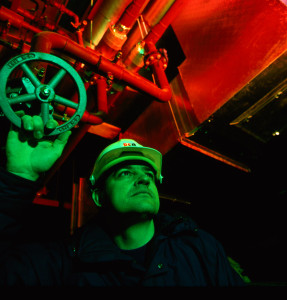
So what has been happening with the fashion and style of photography in the last 10 years in the commercial area? Due to the increase in the abilities of cameras to capture in lower and lower light levels the practical result has been that more and more clients have been offered natural light images by professional photographers and these have been the style that has reigned supreme for several years now.
Unfortunately this ability first offered on only the most expensive cameras has now trickled down to most SLR cameras and no doubt will reach phones eventually. And this has had its consequences’ on professional photographers which I doubt many would have been able to predict.
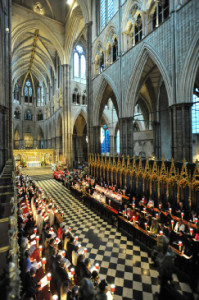
If it’s easy to pick up a camera and snap a shot and it’s going to expose correctly indoors or out without the need for any additional lighting. Why pay for the skills that aren’t needed. Why are we bothering to hire a professional photographer? And so we come to today’s market where many large companies have decided to go back down the route of purchasing their own equipment and letting any half way savvy youth in their marketing department snap a shot. So saving the costs of bringing in the professional photographer.
The growth in the ability of the equipment to operate in any given situation has reduced the need and the market for the professional image maker. This at the same time as we have started to recover from a recession which has seen a large number of people who having become unemployed have taken up the camera to try and earn a living doing something they now find they can do because a camera will shoot in any light level. The skill levels of the professional have been devalued by the equipment. What do they have left? Style.
With so much imagery available on line via mobiles on the likes of facebook and instagram we have another aspect dumbing down the expected quality people are happy to view.
These combined events have decimated the lower and middle end of the photography market, reducing prices to the point where the average wedding photographer for example can expect to gross on average 75% of the turnover from a wedding than he would 5 years ago and in some cases photographers are offering coverage for as low as 50% of what would have been expected 5 years ago. Event work similarly is being squeezed and commercial portraiture is more often than not requested as daylit shots to reduce the time and therefore costs involved.
With turnover rates cut by that amount it’s obvious to any business person that profit margins are going to be cut by a much higher percentage as many of the basic costs haven’t changed, so is this sustainable? Where will image makers be able to recupe those lost revenue streams? If I had the answer to that I think I might be a very rich man. One thing is for certain, there are no longer the quantity of high street photographers as there used to be. And anyone considering the trade as a future career really needs to understand the opportunities of employment in the profession are very low.
The truth is that at present there is a large realignment of the industry underway. There is going to be a large reduction in the quantity of people earning their incomes solely from photography. There will be a large quantity of people who dabble whether it be as an in house photographer for a company or supplying the public with reportage style imagery as an independent. The framing and creatively of the imaging will be variable and the lighting will always be just what was available. So where are the market leaders going to want to go in a market flooded with mediocre daylight lit reportage style photography? It seems logical to me that we are likely to see the resurgence of the classically lit shot. Whether it be for portraiture, interiors or location work it seems likely that the next big thing will be the by design, creatively lit images. The creative designer looking for something different will be looking to the reintroduction of coloured lighting to enhance moods for backgrounds. The dramatic lighting effects of light and shade but still with back lighting for hair lights etc. Anything that doesn’t look like a naturally lit shot.
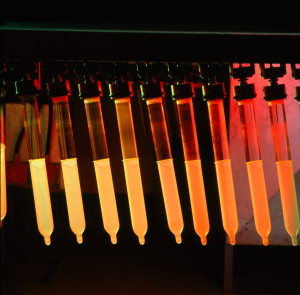
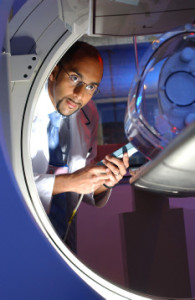
Although a great deal of the lower end event coverage work may never return for the professional in the same way that the building progress shoot work of 20 years ago died what is required will often be at limited budget rates. So the professional with stle will be looking to manufacture images rather than reproducing what’s there.
So surely the market that remains viable for the professional image maker must next be for professionally created creative imagery with a strong element of additional lighting. My prediction is this will be seen first in the high end annual reports market which has been image light for many years now and eventually will filter down to general industry and commerce in the next few years.
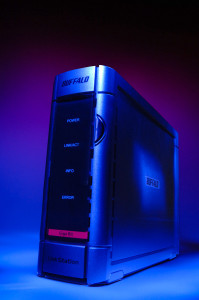
By then a whole new generation of image makers brought up on natural light imaging will have to learn the tricks of their forbearers who learned their lighting skills out of necessity rather than preference. An interesting cycle repeats itself. And they will have to start charging the rates that make it viable to purchase, maintain and transport much larger quantities of equipment.
Brian Russell
August 2014.